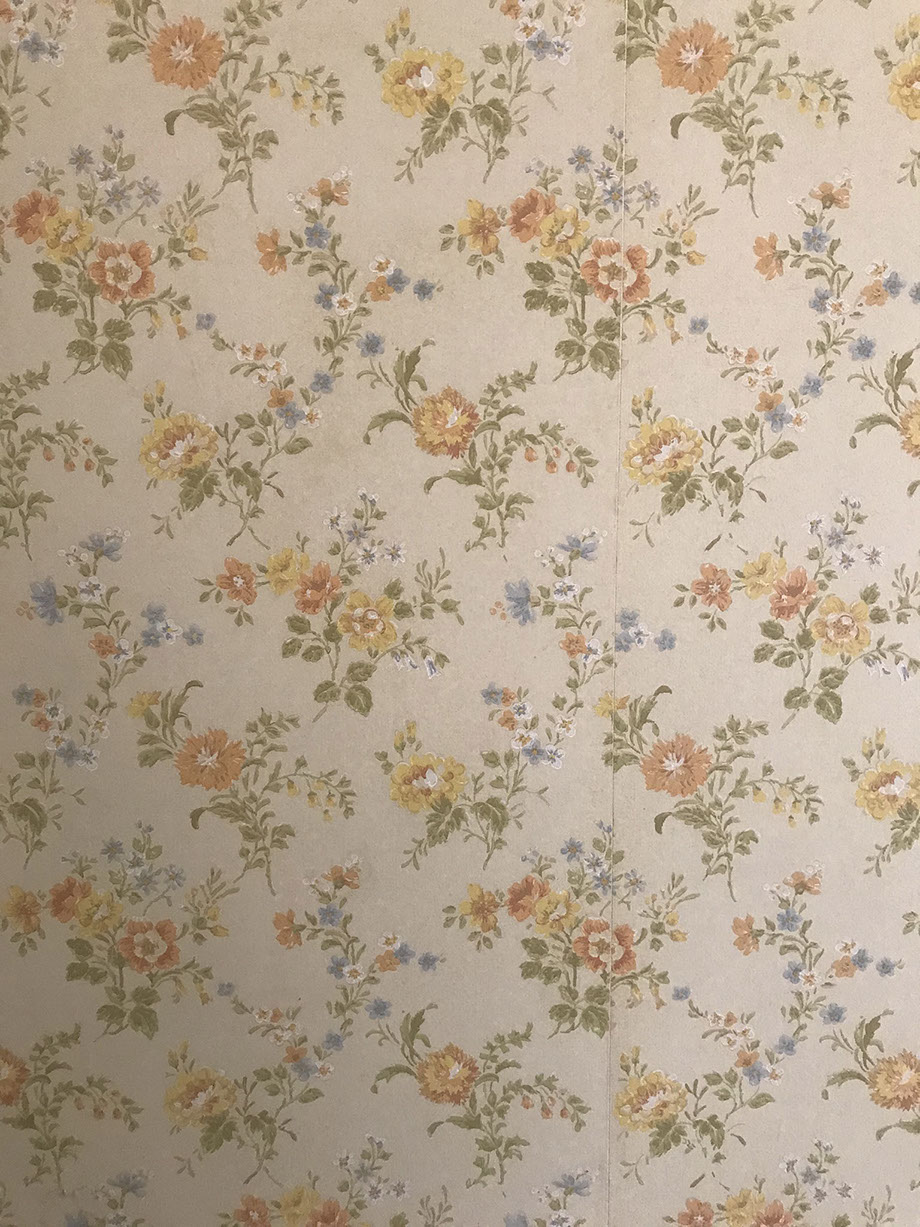
An interpretive installation examining the abandonment of women's perspectives in recorded history set within their abandoned living space.

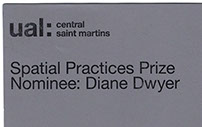

Abandoned Grace is the degree project of Diane Dwyer for MA Narrative Environments, Central Saint Martins. It was shortlisted for the MullenLowe NOVA Awards and nominated for the CSM Spatial Practices Prize, and the Maison/0 Green Trail.

Abandoned Grace is set within Hampton Court Palace. Located along the River Thames to the southwest of London, Hampton Court became a royal residence during the reign of Henry VIII. It was used as a pleasure palace by English monarchs for over two centuries. The royals left Hampton Court for the last time in the mid-18th century after George II decided it was not to his liking.
Queen Victoria opened the site to visitors in the mid-19th century. Now managed by Historic Royal Palaces, it remains a major heritage tourism site.
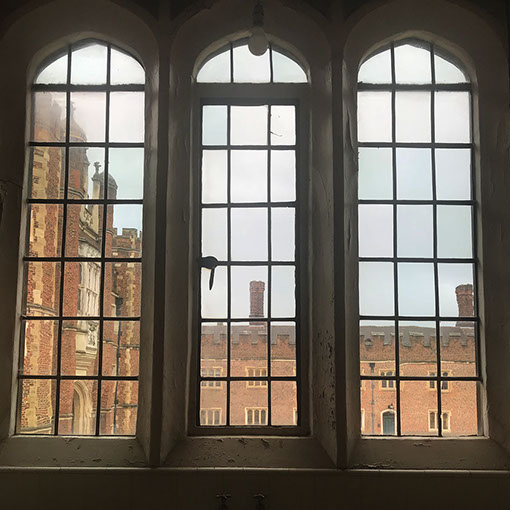
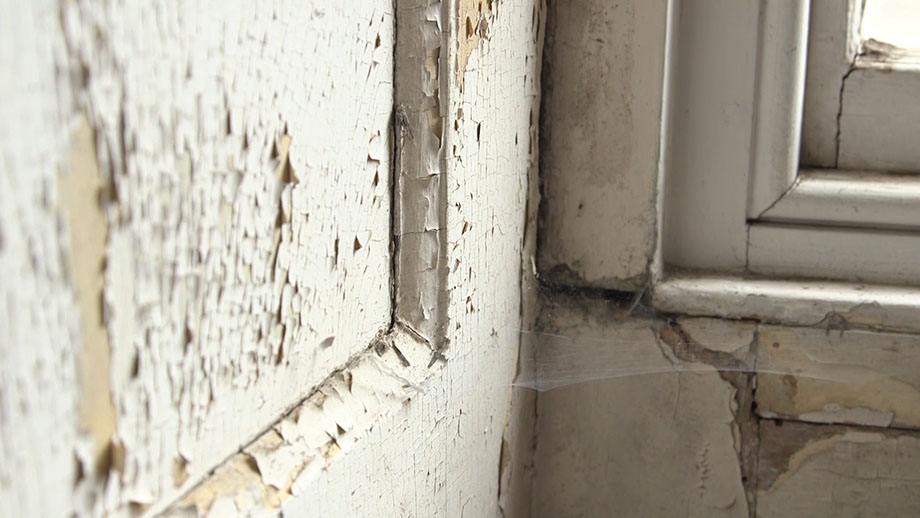
The rest remain as they were when their last resident vacated, empty and abandoned.
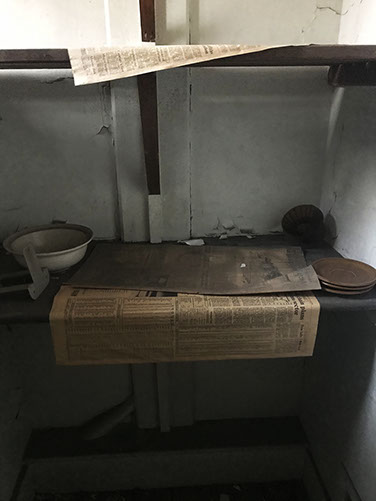
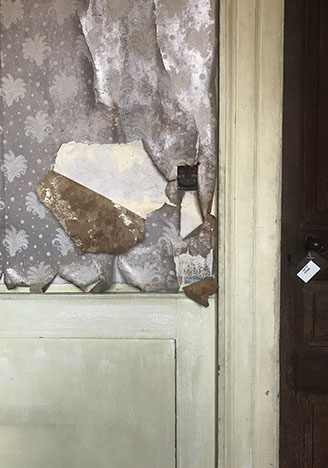
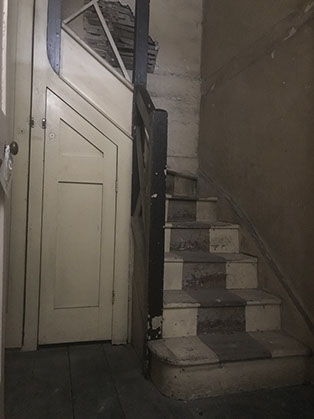

Apartment 23, located within the gatehouse of Hampton Court, served as a grace and favour residence from 1766 to 1992.
The residents' biographies are strikingly similar. They list the accomplishments of their fathers and husbands, but hold hardly a scrap of information about the women themselves. Their lives are reduced to their dates of birth and death and their roles as daughters and wives of men.
The story of the past is told to us from a patriarchal perspective, effectively eliminating the point of view of women. This phenomenon extends from our history books to our streets; in fact, less than 3% of all statues in the UK are of historical, non-royal women. To put this into perspective, Edinburgh has twice as many statues of dogs than women.
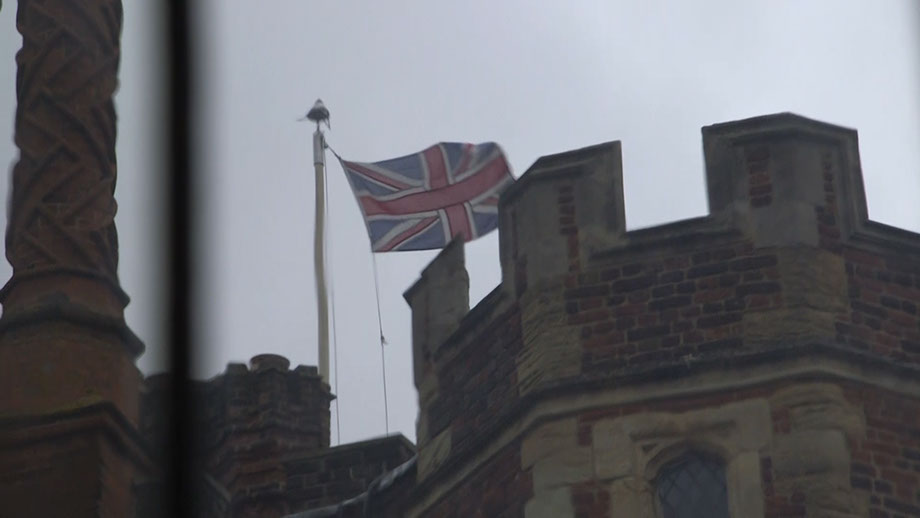
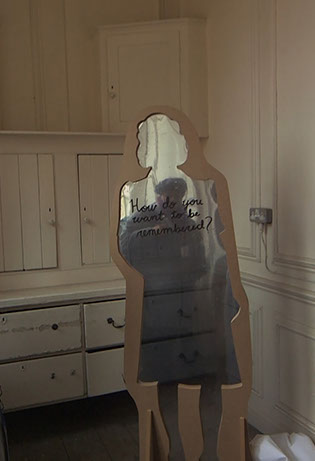
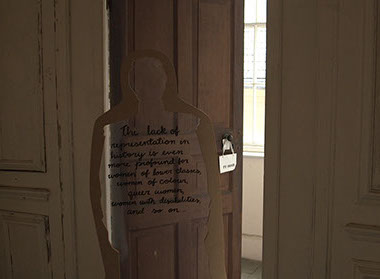
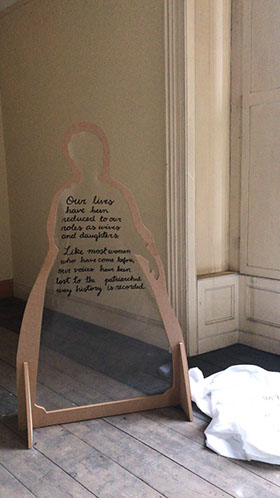
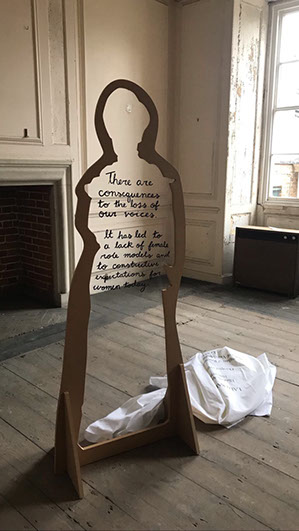
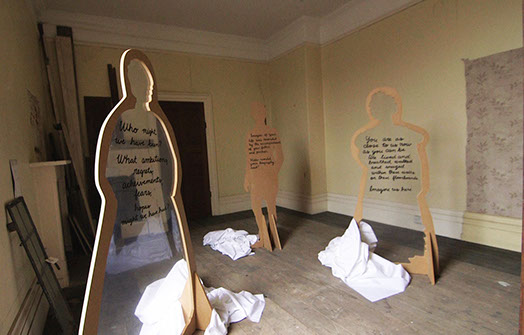









The following elements are some of the documents made during the creative development of this project.
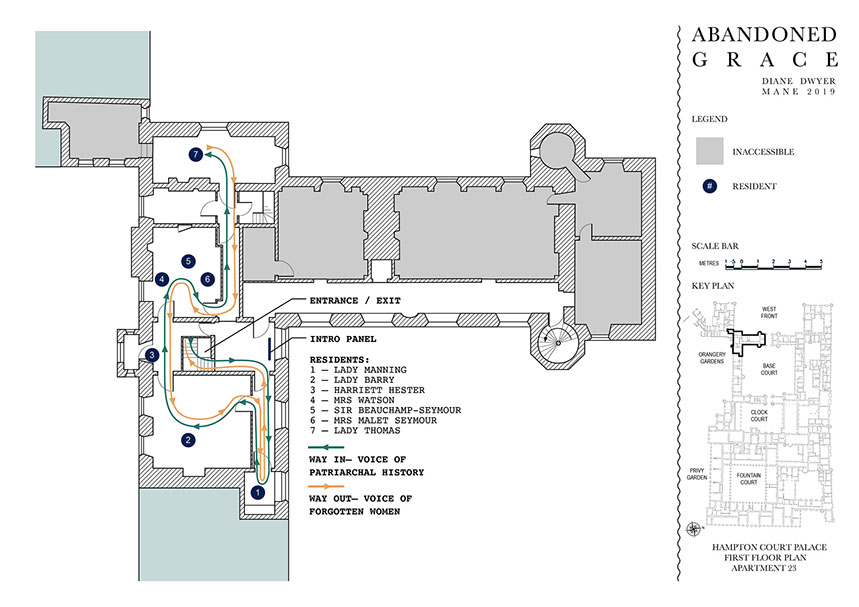








A girl and her father are visiting Hampton Court Palace. They have just toured Henry VIII’s state apartments when they encounter Abandoned Grace.
They read text panels introducing the practice of Grace & Favour and understand the history from the traditional perspective. They are invited into apartment 23 to explore the story further.
They walk down a long, crumbling corridor, surprised by how different it looks from the rest of the palace. They are curious to know what is behind each door.
After being let into the main rooms of the apartment, they encounter cloth-draped figures populating the space.
Looking closer, they see biographies printed on the cloths and understand that each figure represents a former resident of the apartment. The biographies list the resident’s name, dates, father and husband. They encounter six figures until...
...entering the final room and seeing an uncovered resident. Through handwritten text, she explains that their voices have been lost to time, subsumed by the accomplishments of their male relatives.
The guests are encouraged to go back through the apartment, uncovering the residents as they go. Each one presents them with a query to inspire them to think about women’s representation in history in a new light.
The final figure that the guests uncover has a reflective surface and asks the guests how they want to be remembered.
3 - 8
<
>

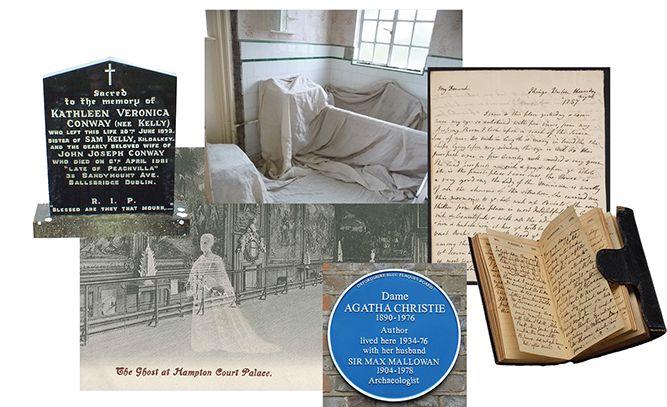

Hampton Court Palace is a stunning site, from the carved beams in the Tudor great hall to the elaborate symmetry of the privy garden. Even more fascinating, however, are the disused apartments lying dormant throughout the palace.
When George II vacated, the palace was converted to apartments for subjects who had performed an act of service to the crown and their dependents. The practice, known as grace and favour, continued through the 20th century.
The practice peaked in the 19th century with as many as 100 residents and their 200-300 servants. The palace population began to dwindle after the world wars, with the last warrants given in the 1960s. Today, many of these apartments have been converted into exhibition spaces, offices, or storage.
"Daughter of..."
"Wife of..."
Abandoned Grace responds to the lack of women's representation in history. The way we speak about women of the past affects how we perceive women today. That is why the installation aims to inspire guests to consider:
how women's lives are reduced in the recording of history,
the impact this continues to have on society today,
and how they themselves would want to be remembered.
Our lives have been reduced to our roles as wives and daughters.
Like most women who have come before, our voices have been lost to the patriarchal way history is recorded.
You are as close to us now as you can be. We lived and breathed, walked and sneezed within these walls, on these floorboards.
Imagine us here.
Imagine if your life was recorded by the accomplishments of your father and partner.
How would your biography read?
Who might we have been? What ambitions, regrets, hopes, fears, achievements might we have had?
The lack of representation in history is even worse for women of lower classes, women of colour, queer women, disabled women, and so on...
There are consequences to the loss of our voices.
It has led to a lack of female role models and to constrictive expectations for women today.
How do you want to be remembered?
Abandoned Grace implements the there-and-back storyshape in which the visitor travels a single route to a final point before reversing along the same route.
The storyshape is utilised to present one version of history on the way in, and challenge it on the way out. Visitors are first exposed to the patriarchal voice of history. Reaching the turning point, the narration is taken over by the collective voice of forgotten women.
Visitors retrace their route, removing the sheets and revealing the women’s perspective. In this moment visitors become active in challenging the one-sided historical narrative.
Visual reference included gravestones, memorial plaques, images of ghosts, dust covers, and diaries.
CONTEXT
INSTALLATION
CONTACT
DEVELOPMENT
